7 Tips to Know Before Buying the Best Tall Indoor Plants
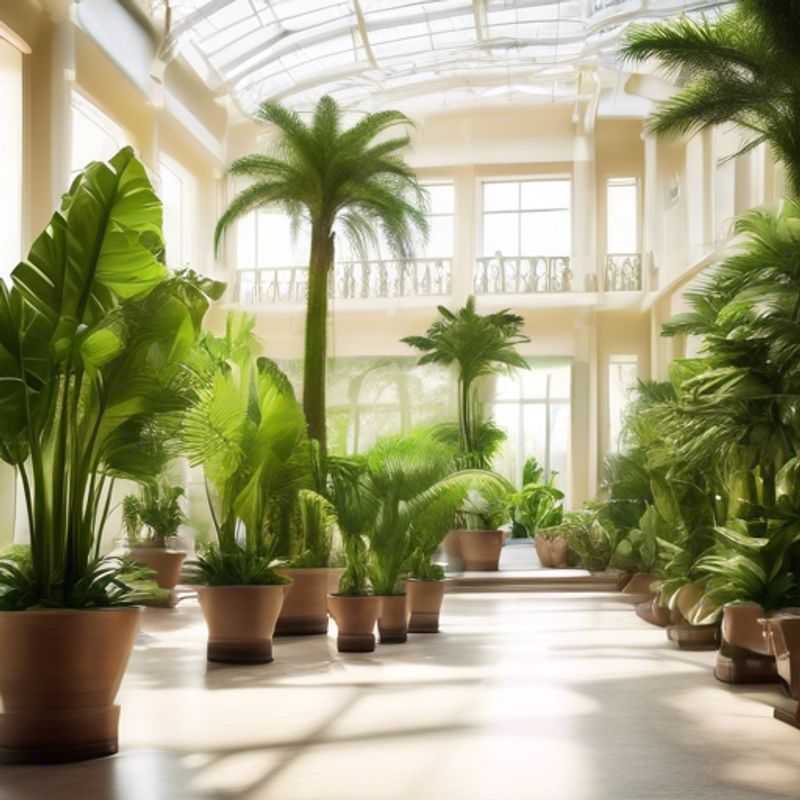
7 Tips for Choosing the Best Tall Indoor Plants: Size, Lighting, Care, Lifestyle, Hardiness, Container, and Inspection
Ah, the quest for the perfect tall indoor plant! It's a noble pursuit, filled with the promise of lush greenery and a touch of nature's serenity. But before you embark on this botanical journey, there are a few key considerations to keep in mind.
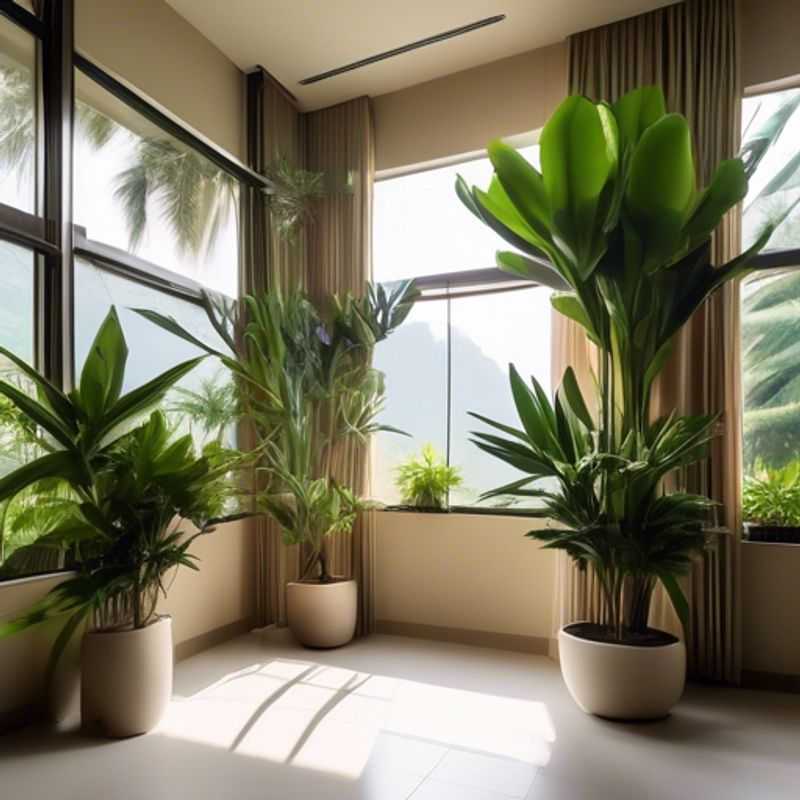
Finding the Sweet Spot: Determining the Right Size and Height for Your Space
Determining the right size and height for your space is crucial for optimizing functionality and comfort. Here's a simple guide to help you get started:
Consider the purpose: What will the space be used for? A large room might suit a home office, while a smaller room could be ideal for a cozy reading nook.
Measure the area: Use a tape measure to accurately determine the length, width, and height of the space. This will help you visualize furniture placement and overall flow.
Factor in natural light: The amount of natural light affects the perceived size of the space. A room with ample natural light will feel more spacious than a room with limited light.
Think about ceiling height: Higher ceilings can make a room feel larger, while lower ceilings can create a more intimate atmosphere. Consider the visual impact of your chosen ceiling height on the overall space.
Plan for furniture: Consider the size and shape of the furniture you intend to use. Leave enough space for walkways and comfortable movement around the furniture.
Budget for potential expenses: Remember to factor in the cost of materials, labor, and any necessary permits when planning your space. These costs can vary widely depending on your location and project scope.
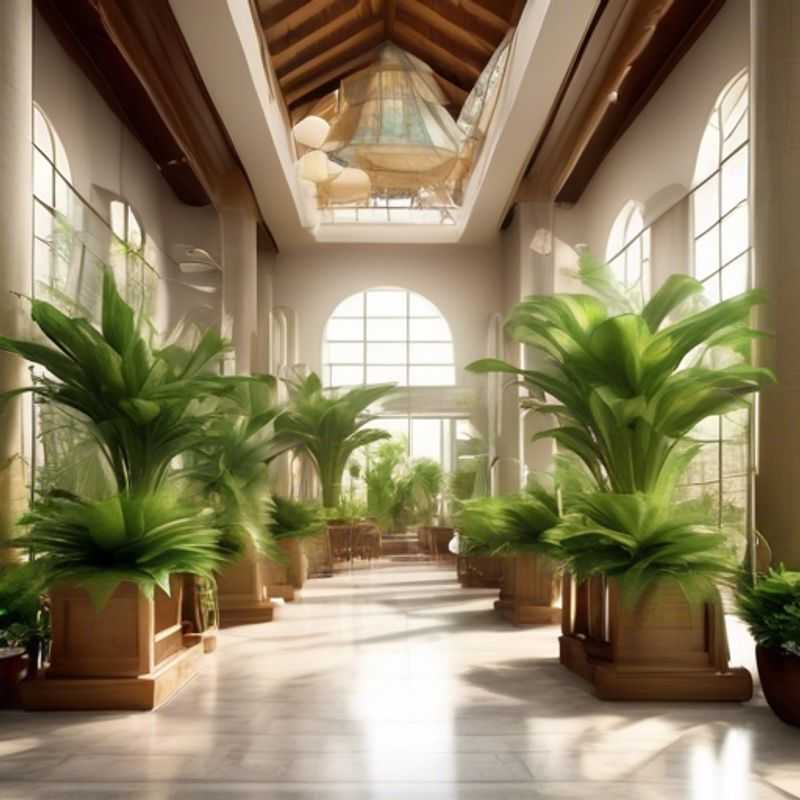
Shining a Light on Plant Needs: Understanding Species-Specific Lighting
Plants need light to perform photosynthesis, the process of converting light energy into chemical energy for growth. Different plant species have different light requirements, some thrive in bright light while others prefer shade. Understanding a plant's light requirements is crucial for its healthy growth.
When selecting a spot for your plant, consider the amount of natural light it receives throughout the day. For example, a south-facing window generally provides the most light, while a north-facing window provides the least.
You can also use artificial light sources, like grow lights, to supplement natural light, especially during winter months or for plants with high light requirements.
Observe your plant's growth and adjust the light levels as needed. If leaves are yellowing or dropping, it may be a sign that the plant is not getting enough light. Conversely, if leaves are browning or scorching, it may be getting too much light.
By providing the right amount of light, you can help your plants thrive and enjoy their beauty.
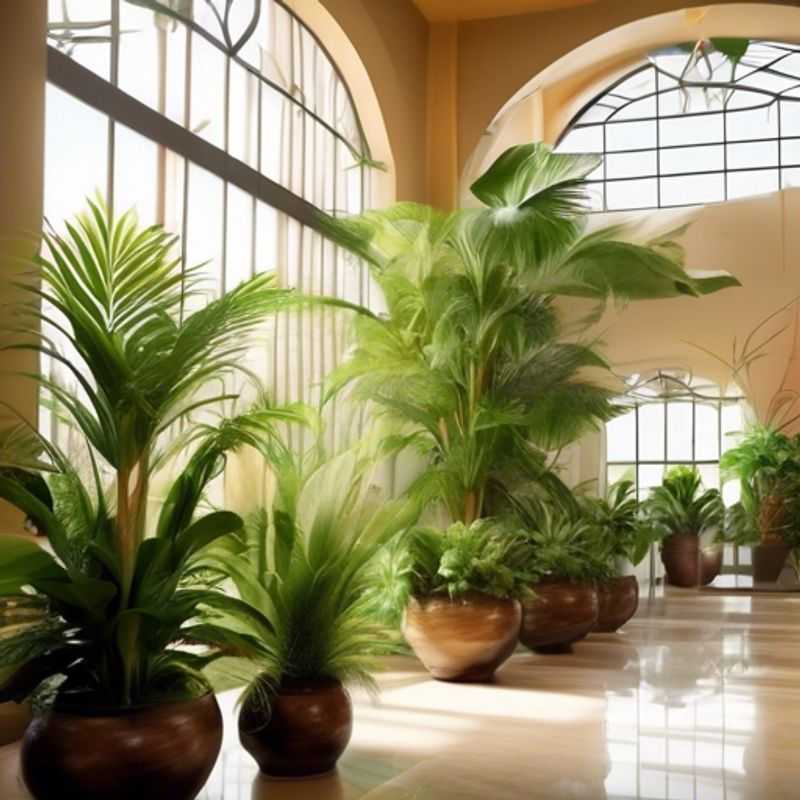
Unlocking the Secrets of Success: Understanding Your Plant's Needs
Before planting, research the specific needs of your chosen plants. Different species have varying requirements for water, soil, and sunlight. Understanding these needs is crucial for success.
For watering, consider the plant's natural habitat. Desert plants require less frequent watering than rainforest plants. Check the soil moisture regularly, ensuring it's neither too dry nor overly saturated.
Soil type is equally important. Some plants thrive in acidic soil while others prefer alkaline conditions. Use a soil testing kit to determine the pH of your soil. If necessary, amend the soil with organic matter to improve drainage or adjust the pH levels.
Remember, while research provides a foundation, observation is key. Pay attention to your plants' growth and adjust your care routine as needed. Regular monitoring will help you fine-tune your care regimen.
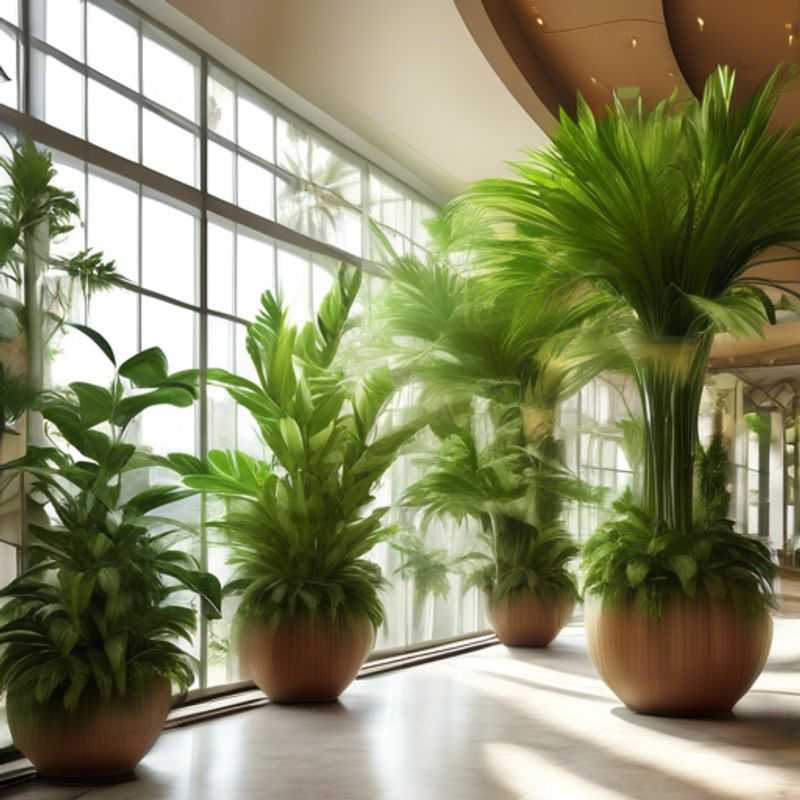
Green Thumb or Black Thumb? Choosing Plants That Thrive With Your Lifestyle
Choosing the right plant for your home is exciting, but it's crucial to consider your lifestyle and skill level. Don't jump into caring for a delicate orchid if you're a busy traveler!
If you lead a hectic life, consider low-maintenance options like succulents or snake plants. They can tolerate neglect and thrive in low light conditions.
If you're new to plant care, start with beginner-friendly choices like spider plants or pothos. These resilient plants are known for their forgiving nature.
For those with green thumbs, explore challenging but rewarding plants like ferns or orchids. These beauties require more attention but offer a beautiful display.
Don't forget to research your plant's specific needs. Light, water, and humidity preferences vary greatly. A little research upfront will go a long way in ensuring your plant's happiness.
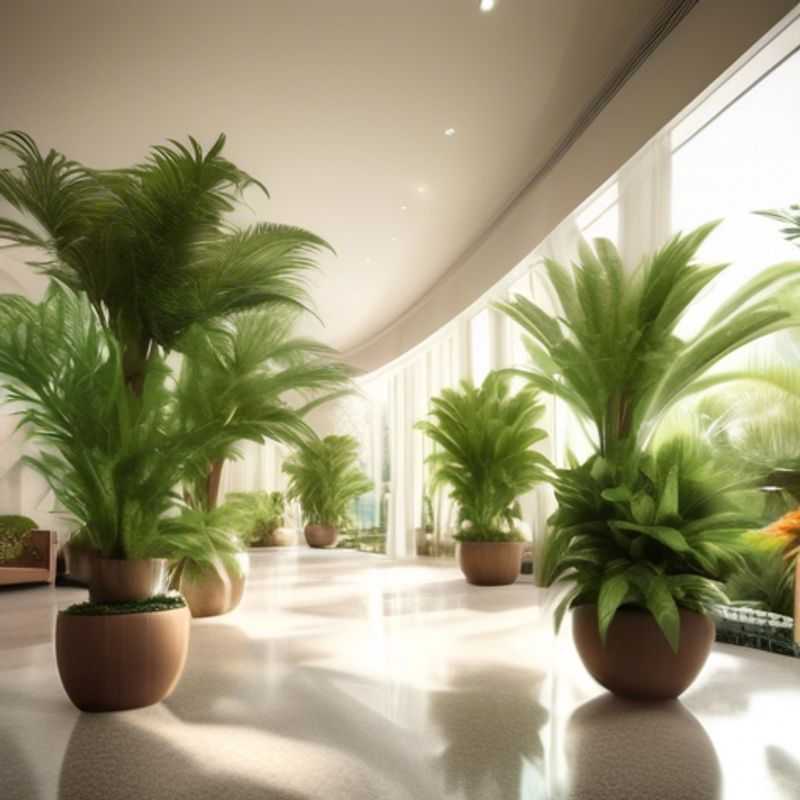
Low-Maintenance Gardening: Choosing Hardy Plants for Effortless Beauty
When searching for plants that are hardy and low-maintenance, it’s essential to focus on species that can thrive in various conditions with minimal care. These plants are ideal for busy individuals who appreciate greenery without the commitment of extensive upkeep. Popular options include succulents, which retain water and require infrequent watering, and perennials like daylilies and hostas that return year after year with little attention.
Consider native plants, as they are typically well-adapted to local climates and soils, making them resilient and easier to care for. Additionally, ornamental grasses are excellent choices due to their minimal requirements and ability to withstand drought. When planning your garden, remember to account for potential costs such as soil amendments, mulch, and any necessary irrigation systems that support these hardy selections.
By prioritizing hardy and low-maintenance plants, you can create a beautiful, sustainable landscape that enhances your environment while fitting seamlessly into your busy lifestyle.
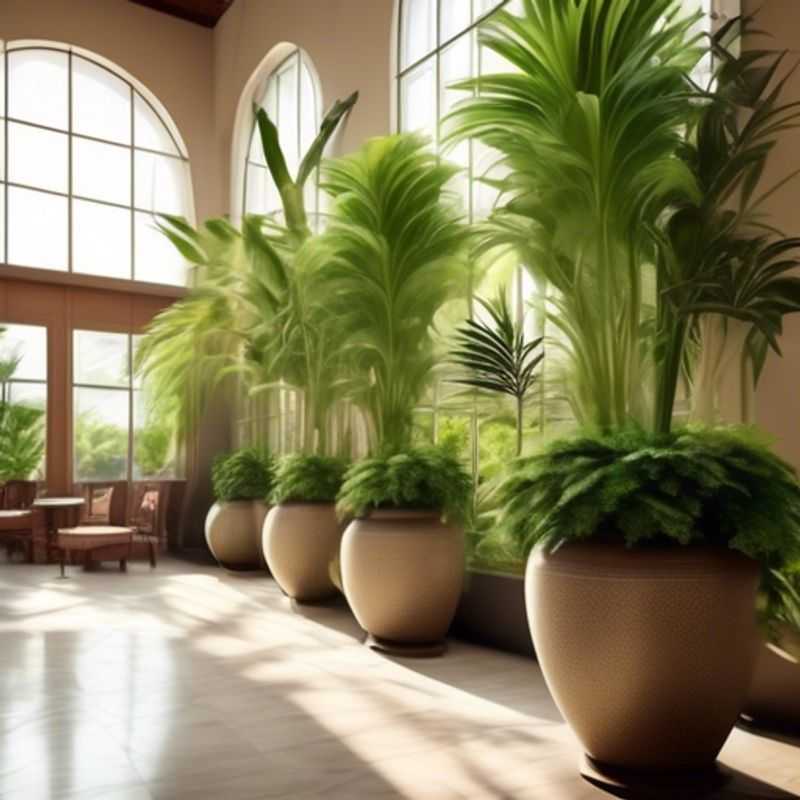
Choosing the Right Pot: Ensuring Your Plant's Comfort
Choosing the right container for your plant is crucial for its health and growth. A pot that's too small can restrict root development, leading to stunted growth and even death. Conversely, a pot that's too large can cause the roots to become waterlogged and rot. The ideal pot should be proportionate to the plant's root system, allowing for sufficient space for growth without creating excess space that encourages waterlogging.
When selecting a pot, consider the plant's mature size. If you're planning to keep your plant in the same pot for several years, choose a pot large enough to accommodate its full growth. However, don't choose a pot that's too large for a young plant. A young plant in a large pot might not have enough roots to effectively absorb water, leading to problems with overwatering.
Another important factor to consider is the material of the pot. Terracotta pots are porous and allow for better drainage but can dry out faster. Plastic pots retain moisture better but can lead to root rot if drainage is not sufficient. Choose a material that best suits your plant's water needs and your growing environment.
Drainage holes are essential for any container. They allow excess water to escape, preventing root rot. If your pot doesn't have drainage holes, you can create them yourself by drilling small holes in the bottom. Remember to add a layer of gravel or pebbles at the bottom of the pot to improve drainage and prevent soil from clogging the holes.
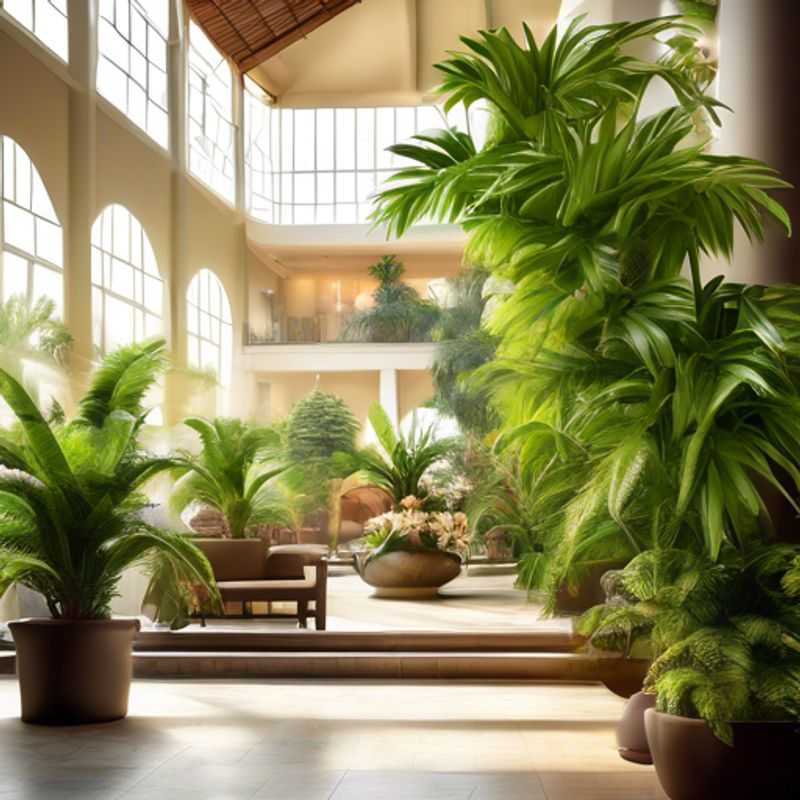
A Closer Look: Inspecting Plants for Pests and Diseases Before Purchase
Before bringing a new plant home, taking a moment to inspect it for pests and diseases is crucial. This simple step can prevent introducing unwanted issues into your garden or home. Look closely at the leaves, stems, and roots.
Signs of pests can include tiny holes in leaves, webbing, or insects themselves. Diseases can manifest as spots, discoloration, wilting, or stunted growth.
Don't be afraid to ask the nursery staff for advice if you're unsure about what you're seeing. They can often identify potential problems and offer solutions. Purchasing from reputable nurseries reduces the risk of bringing home infected plants.
Remember, early detection and treatment are key to preventing pest and disease outbreaks. A quick inspection can save you a lot of trouble and ensure your new plant thrives in its new home.
